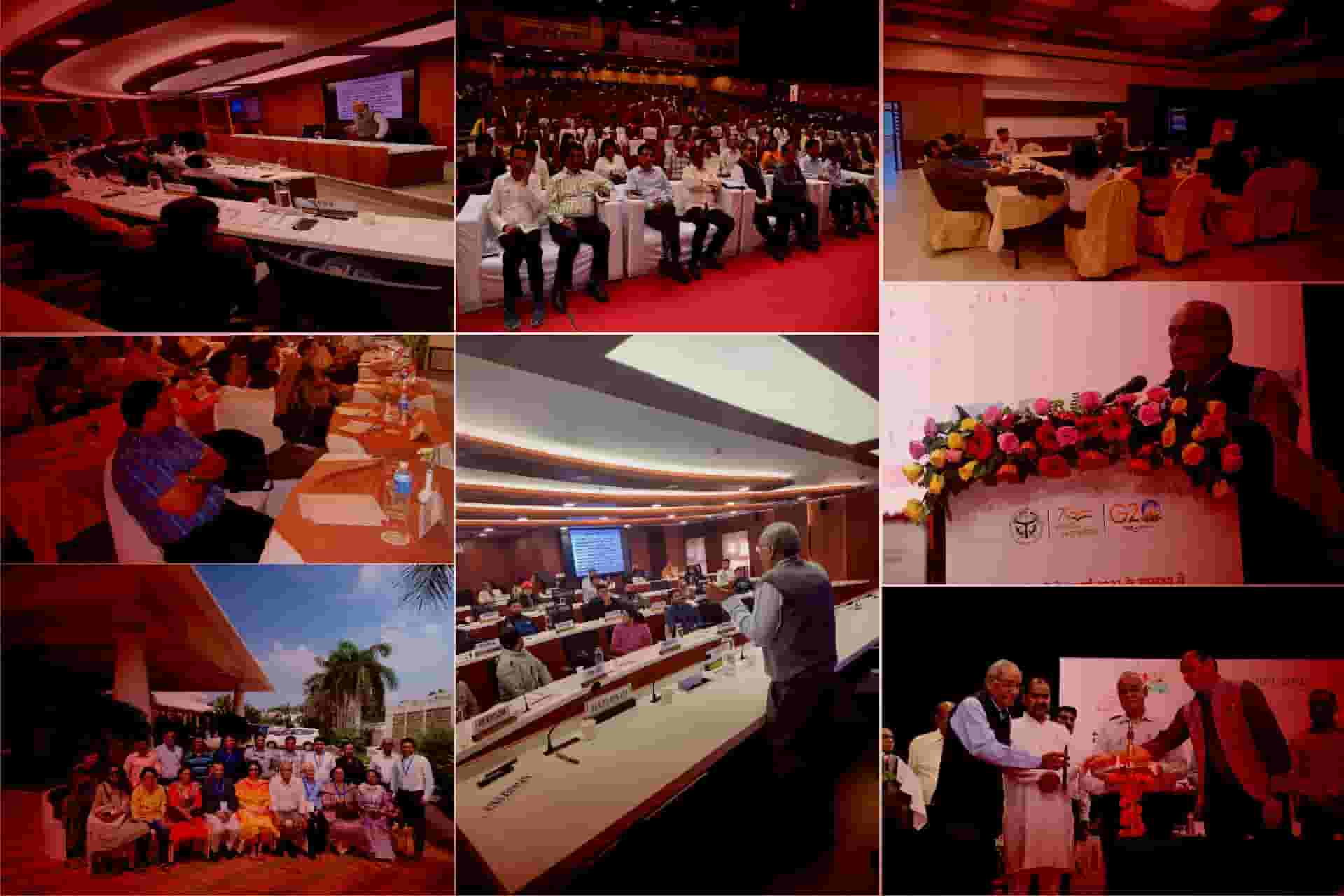
Benefits of Environment Management
- Regulatory Compliance:
- Ensures adherence to environmental laws and regulations, avoiding fines, legal actions, and shutdowns.
- Helps organizations stay updated with changing environmental policies and standards.
- Cost Savings:
- Reduces waste and improves resource efficiency, leading to cost savings in materials, energy, and waste disposal.
- Implementing sustainable practices can lower operating costs and enhance overall financial performance.
- Enhanced Reputation and Brand Value:
- Demonstrates a commitment to environmental responsibility, improving public image and customer trust.
- Attracts environmentally conscious consumers and investors, boosting market competitiveness.
- Risk Management:
- Identifies and mitigates environmental risks, reducing the likelihood of environmental incidents and liabilities.
- Enhances the organization’s resilience to environmental disruptions, such as natural disasters and resource shortages.
- Employee Engagement and Retention:
- Promotes a healthier and safer workplace, increasing employee satisfaction and productivity.
- Engages employees through participation in sustainability initiatives, fostering a sense of pride and loyalty.
- Resource Conservation:
- Encourages the efficient use of natural resources, reducing environmental impact and preserving resources for future generations.
- Supports the adoption of renewable energy sources, decreasing reliance on fossil fuels.
- Innovation and Competitive Advantage:
- Drives innovation by encouraging the development and adoption of environmentally friendly technologies and practices.
- Differentiates the organization from competitors through sustainable product offerings and green certifications.
- Legal and Financial Advantages:
- Reduces the risk of non-compliance penalties and enhances eligibility for government incentives and grants.
- Improves access to capital from investors who prioritize environmental, social, and governance (ESG) criteria.
- Sustainable Growth:
- Supports long-term business sustainability by integrating environmental considerations into strategic planning and decision-making.
- Balances economic growth with environmental protection, contributing to sustainable development goals.
- Community Relations:
- Builds positive relationships with local communities by minimizing environmental impact and contributing to local sustainability efforts.
- Enhances social license to operate, gaining community support and reducing conflicts.
- Biodiversity Conservation:
- Helps protect ecosystems and biodiversity by reducing pollution, conserving habitats, and promoting sustainable land use practices.
- Contributes to global efforts to combat climate change and environmental degradation.
- Improved Environmental Performance:
- Enables organizations to monitor, measure, and improve their environmental performance through systematic approaches such as Environmental Management Systems (EMS).
- Facilitates continuous improvement in environmental practices and outcomes.
Overall, environmental management is essential for achieving sustainable business operations, protecting natural resources, and contributing to a healthier planet. It provides a framework for organizations to balance economic growth with environmental stewardship, ensuring long-term success and resilience.
What is environment management?
Environmental management refers to the systematic approach to addressing environmental issues and ensuring that an organization’s activities, products, and services have minimal adverse impact on the environment. It involves planning, implementing, monitoring, and improving environmental policies and practices to achieve sustainable development and regulatory compliance. Environmental management is essential for protecting natural resources, reducing pollution, and promoting the overall well-being of the ecosystem.
Key components of environmental management include:
- Environmental Policy:
- Developing and implementing a clear environmental policy that outlines the organization’s commitment to environmental protection and sustainability.
- Communicating this policy to all stakeholders, including employees, customers, and suppliers.
- Environmental Planning:
- Identifying and assessing environmental aspects and impacts of the organization’s operations.
- Setting environmental objectives and targets based on this assessment to reduce negative impacts and enhance positive outcomes.
- Environmental Management System (EMS):
- Establishing an EMS, such as ISO 14001, to provide a structured framework for managing environmental responsibilities.
- The EMS includes processes for planning, implementing, monitoring, and reviewing environmental practices.
- Regulatory Compliance:
- Ensuring that the organization complies with all relevant environmental laws, regulations, and standards.
- Staying updated with changes in environmental legislation and adapting practices accordingly.
- Pollution Prevention and Control:
- Implementing measures to reduce emissions, effluents, and waste generated by the organization’s activities.
- Adopting cleaner production techniques and pollution control technologies.
- Resource Management:
- Promoting the efficient use of natural resources, such as water, energy, and raw materials.
- Encouraging recycling, reuse, and the use of renewable resources.
- Sustainable Practices:
- Integrating sustainability principles into business operations and decision-making processes.
- Developing sustainable products and services that minimize environmental impact.
- Environmental Monitoring and Reporting:
- Continuously monitoring environmental performance through data collection, analysis, and reporting.
- Using key performance indicators (KPIs) to track progress towards environmental objectives and targets.
- Environmental Education and Training:
- Providing education and training to employees and stakeholders on environmental issues and best practices.
- Raising awareness and fostering a culture of environmental responsibility within the organization.
- Continuous Improvement:
- Regularly reviewing and improving environmental management practices and performance.
- Conducting internal and external audits to identify areas for improvement and implement corrective actions.
- Stakeholder Engagement:
- Engaging with stakeholders, including local communities, regulatory authorities, and non-governmental organizations, to address environmental concerns and build partnerships.
- Encouraging stakeholder participation in environmental initiatives and decision-making processes.
- Emergency Preparedness and Response:
- Developing and implementing plans to respond to environmental emergencies, such as spills or natural disasters.
- Ensuring that the organization is prepared to mitigate the impact of such events on the environment.
In summary, environmental management is a comprehensive approach to managing the environmental impact of an organization’s activities. It aims to promote sustainability, comply with regulations, and enhance the organization’s reputation and performance by integrating environmental considerations into all aspects of operations.




























